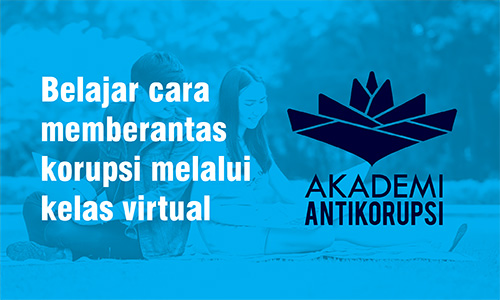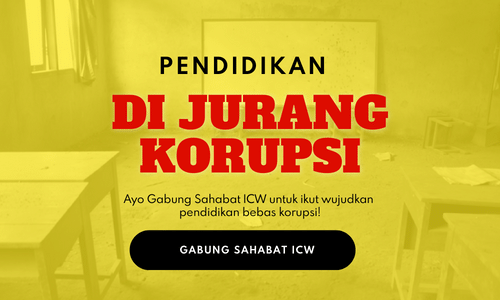Trends of Corruption Prosecution 2017

Election is one of the ways to make leadership circulation running well. Otherwise, the government would potentially entering authoritarian government which tends to be corrupt. Election needs to be conducted in a democratic country, both at the national level (presidential election) as well as at the local level (regional election).
Up to now, every 'democracy party' always requires a high cost. In 2017, cost of the regional election was as big as IDR 4.2 trillion , in 2018 the cost will be increased up to IDR 20 trillion. Therefore, the idea of a simultaneous regional election emerges. There are seven simultaneous regional elections that will be conducted from 2015 up to 2027. In 2017 only, the regions that organize regional elections are consist of 101 areas from the provincial, regency, and municipal levels. The purpose of simultaneous regional election is to make a more effective and budget-efficient election.
Regional election often raises a problem including corruption. Because the root of corruption came from the political sphere itself. Indonesia Corruption Watch (ICW) inventoried at least 10 issues that overshadowed election processes, such as money politics, bureaucratic politicization to the collection of illegal capital for the benefit of campaign funds . This has become a critical point of the massive corruption that happening.
Based on the data from Research and Development Bureau in Ministry of Home Affairs, related to the campaign funds, every pair of regional heads' candidates at regency and municipal level need to spend cost for around IDR 30 billion . Whereas the salary received by regional heads did not reach up to that numbers within five years of administration. This means that there is an allegation where the source of campaign funds illegally obtained by the candidates from other parties who seek rent.
To answer the phenomenon, ICW has made a descriptive study related to corruption cases that occurred in Indonesia during 2017. There are several aspects we have seen, such as the number of corruption cases, the most prosecuted actors based on their positions, common modus of corruptions that used most, corruption by its sector, corruption by its institutions, law enforcement officials that handled corruption cases most, amount of state losses, and amount of bribes that given.
In the monitoring process that conducted, ICW faced some obstacles related to data of corruption cases handled by law enforcement agencies {Attorney, Police, and Corruption Eradication Commission (KPK)}. The three institutions that mandated to handle corruption cases are still not transparent in publishing their work related to law enforcement process of corruption cases. Even if there are data which are available, it is only a statistic which does not describe in detail the cases of corruption that occurred, the map of actors, typology of corruption and the amount of state losses.










